Techniques for Cognition
One of the main goal areas targeted by Neurologic Music Therapy (NMT) techniques is cognition. Speech and language goals may include to improve attention and perception, to improve memory, and to improve executive function. There are several NMT techniques to address these goal areas, and I will share a short summary of each of them and how they may be used:
Musical Sensory Orientation Training (MSOT) – the use of music for sensory stimulation, arousal orientation, and vigilance and attention maintenance. This technique is appropriate for young infants, unresponsive clients (such as those in a coma), and older adults.
Musical Neglect Training (MNT) – musical experiences designed to have clients with right hemisphere ischemic infarction (due to traumatic brain injury in the right hemisphere) to redirect visual attention to the left visual field, and to stimulate movement on the left side of the body.
Auditory Perception Training (APT) – to train auditory discrimination through differences, matching, and identification of sounds (such as high, low, fast, slow, long, short, and instrument identification). This technique is to refine and develop acoustic perceptual accuracy.
Musical Attention Control Training (MACT) – to establish and maintain different kinds of attention. The five types of attention are sustained attention (continuous attention to one stimulus over time), selective attention (attending to one stimulus out of several), divided attention (simultaneously splitting attention between two or more stimuli), alternating attention (switching attention sequentially from one stimuli to another), and joint attention (to alert another person to a stimulus).
Associative Mood and Memory Training (AMMT) – to produce mood-congruent states to facilitate memory recall, to access associative mood and memory networks to direct specific memory access, and to enhance learning and memory function.
Musical Mnemonics Training (MMT) – musical exercises to memorize short chunks of information.
Musical Executive Function Training (MEFT) – improvisation and composition exercises to improve executive function skills such as organization, problem solving, decision making, reasoning, and comprehension.
Music Therapy and Counseling (MPC) – use of musical performance to address mood, expression, reality orientation, and appropriate social interaction.
-Nerissa



